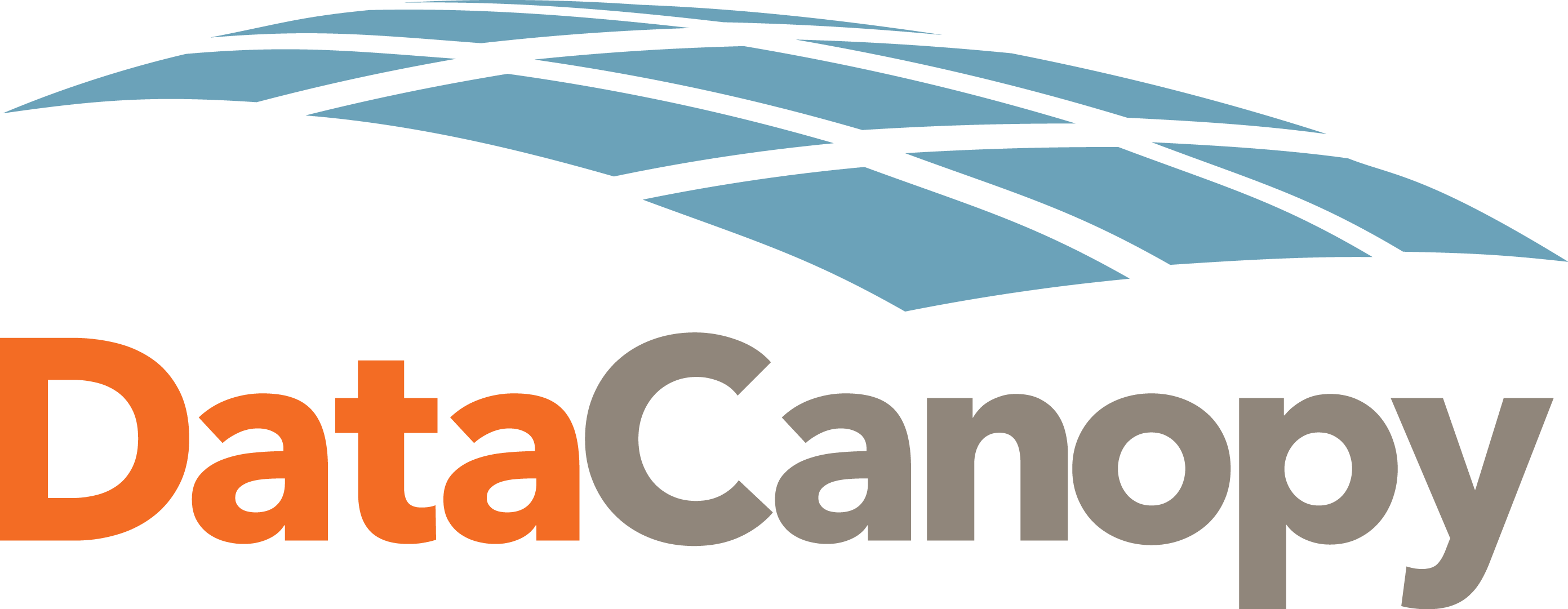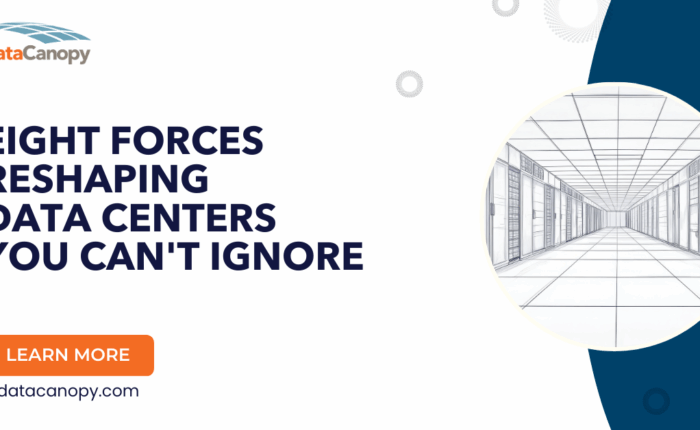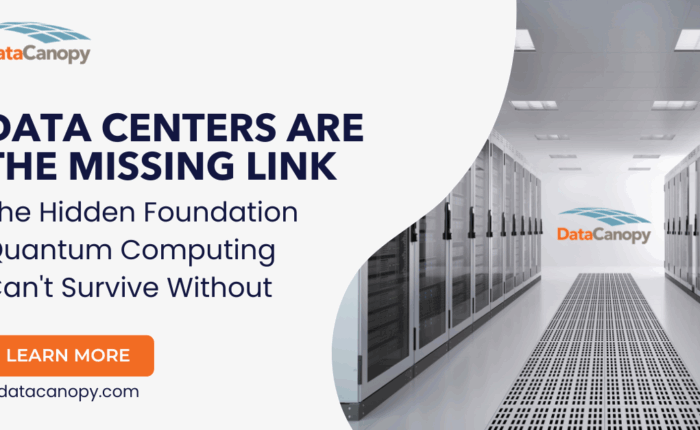A recent survey by Barclays found that 83% of enterprises plan to move their workloads back to private cloud from public cloud. This trend shows a significant change in the business world, influenced by various strategic factors.
Drivers of Cloud Repatriation: Cost, Security, and Industry Regulations
Businesses are increasingly motivated to move workloads back to private cloud due to several key factors, primarily centered around cost savings in cloud computing, data security concerns, and industry regulations.
Rising Costs Associated with AI Workloads
The surge in AI workloads has significantly impacted the economic landscape of cloud computing. Public cloud providers often charge premium rates for the substantial computational power required by AI applications. These costs can quickly escalate, making it financially unsustainable for many organizations. By repatriating these workloads to private clouds, enterprises can leverage controlling cloud costs:
- Fixed-cost models: Predictable capital expenditure rather than variable operational expenses.
- Resource optimization: Control over hardware and software configurations tailored for specific AI needs.
- Scalability: Ability to scale computational resources without incurring prohibitive incremental costs.
Data Security Concerns in Regulated Industries
In sectors such as finance and healthcare, strict regulatory requirements necessitate robust data security measures. Public cloud environments can present challenges in maintaining compliance with regulations such as PCI-DSS, HIPAA, and SOC2-Type II. Moving workloads back to private clouds allows organizations to:
- Enhance control: Direct oversight of data handling practices and security protocols.
- Implement customized security measures: Tailored solutions that align precisely with regulatory mandates.
- Mitigate risk: Reduced exposure to potential vulnerabilities associated with multi-tenant public cloud infrastructures.
For instance, in the healthcare sector where data security is paramount, having a private cloud can provide the necessary safeguards against data breaches while still allowing for efficient data management.
Industry Regulations and Compliance Needs
Regulated industries often face unique compliance challenges that are difficult to address within public cloud frameworks. Private clouds offer a controlled environment where enterprises can ensure adherence to regulatory standards while maintaining operational efficiency. Key benefits include:
- Data sovereignty: Ensuring that sensitive information remains within specific geographic boundaries.
- Auditable environments: Simplified audit processes through transparent and traceable data management practices.
- Customizable compliance: Flexibility to adapt infrastructure settings to evolving regulatory requirements.
By addressing these critical drivers—cost efficiency, enhanced security, and regulatory compliance—enterprises find compelling reasons to repatriate their workloads from public clouds back to private infrastructures.
CIOs and Industry Leaders on Navigating the Shift Back to Private Cloud
CIO perspectives play a crucial role in understanding why enterprises are increasingly favoring private cloud. The Barclays survey revealed that 83% of enterprises plan to move workloads back to private cloud from public cloud. This statistic underscores a significant shift in cloud strategy.
“The reality is that enterprises are becoming more sophisticated in how they use cloud resources. They’re optimizing their workloads across different environments to get the best performance and cost outcomes.” – Michael Dell
“Enterprises are looking for the best of both worlds. They want the scalability and convenience of the public cloud for certain workloads, and the control and cost predictability of on-premises or private cloud for others.” – Andre Marsiglia
These perspectives illustrate that the shift towards private cloud is not merely a reactionary move but a calculated strategy aimed at achieving long-term efficiency and security. By repatriating workloads, enterprises are better positioned to navigate the complexities of modern cloud environments while aligning with their operational objectives.
Evaluating Costs and Benefits: Public vs. Private Cloud for Enterprises’ Unique Needs
When considering cost management in cloud computing, enterprises must weigh the financial implications of public versus private cloud. Each model has unique attributes that can impact your bottom line, especially when dealing with high-demand applications like AI.
Cost Comparison
Public Cloud Costs:
- Scalability: Public clouds like AWS and Azure offer extensive scalability. However, this flexibility comes at a premium. For instance, AI workloads requiring significant computational power can drive costs upward rapidly.
- Pay-as-you-go: The pay-as-you-go model provides cost predictability but can lead to unexpected expenses due to unplanned workload spikes.
- Operational Overheads: Minimal operational overheads since infrastructure management is outsourced to the cloud provider.
Private Cloud Costs:
- Initial Investment: Higher upfront costs due to hardware procurement and setup.
- Operational Control: Offers greater control over operational expenses by optimizing resource allocation based on specific needs.
- Compliance and Security: Typically lower costs related to compliance and security for regulated industries, as sensitive data is kept within secure, private environments.
Use Case Considerations
Scalability Requirements:
- Public Cloud: Ideal for enterprises with fluctuating or unpredictable workloads where rapid scaling is necessary.
- Private Cloud: More cost-effective in scenarios with steady, predictable workloads that require dedicated resources.
Compliance Obligations:
- Public Cloud: Often incurs additional costs for meeting stringent compliance standards (e.g., PCI-DSS, HIPAA). Enterprises may also face higher risks associated with third-party data breaches.
- Private Cloud: Better suited for industries with rigorous compliance requirements such as finance or healthcare. Direct control over data ensures adherence to internal security policies without incurring excessive costs.
Evaluating AI Costs:
In the context of AI, public cloud providers charge premium rates for high-performance GPU instances necessary for training models. By contrast, private clouds allow enterprises to leverage their own hardware investments more efficiently, potentially reducing overall AI deployment costs.
“AI is incredibly processing-intensive…While public clouds can handle these workloads, the costs can be prohibitive for some enterprises, leading them to consider moving these workloads back to on-premises infrastructure where they can manage the resources more effectively.” – Larry Walsh, CEO of Channelnomics
Balancing these factors helps enterprises determine the best fit for their unique operational needs while maintaining optimal cost efficiency.
Future Outlook on Enterprise Cloud Strategies: Embracing Hybrid Models with AI Integration
Future enterprise cloud strategies are expected to revolve around the seamless integration of public and private cloud environments, creating robust hybrid models. These strategies will cater to the diverse needs of enterprises, balancing flexibility, scalability, and security.
Predictions for Post-Repatriation Trends
- Increased AI Workloads: As AI continues to advance, enterprises will rely more on hybrid cloud models to handle intensive AI workloads. Private clouds will serve as secure environments for sensitive data processing, while public clouds will provide scalable resources for non-sensitive AI tasks.
- Enhanced Data Security Measures: Enterprises will prioritize compliance and data sovereignty by leveraging private clouds for regulated data, ensuring that sensitive information remains within controlled environments.
- Cost Optimization: By strategically distributing workloads across public and private cloud, organizations can achieve cost efficiencies without compromising performance or security.
Importance of AI Integration in Hybrid Models
- Scalability: Public clouds offer near-infinite scalability, essential for handling large-scale AI applications.
- Data Privacy: Private clouds ensure that proprietary algorithms and datasets remain secure from external threats.
- Performance Optimization: Hybrid models allow enterprises to choose the optimal environment for each workload based on performance requirements.
“The future lies in harnessing the strengths of both public and private cloud while integrating AI technologies seamlessly,” – Adam Thomas, VP Sales Engineering at Data Canopy
Hybrid cloud strategies will enable organizations to innovate rapidly while maintaining control over their critical assets. This approach ensures that enterprises remain agile and competitive in a rapidly evolving digital landscape.
Conclusion
The shift back to private cloud, with 83% of enterprises planning to repatriate workloads from public cloud environments, underscores a critical trend in enterprise IT strategies.
For those looking to align their cloud strategies with these emerging trends, Data Canopy offers customized private cloud solutions tailored to meet your unique needs. Our expertise extends beyond just providing private cloud solutions; we also focus on ensuring a smooth cloud migration process for our clients. We understand that migrating to the cloud is an inevitable step for any business with a virtualization plan, and we are here to guide you through it. Furthermore, our tips and tricks for a successful cloud migration can provide valuable insights as you embark on this journey.
Contact us today to explore how we can help you achieve a secure, scalable, and cost-efficient cloud infrastructure.



